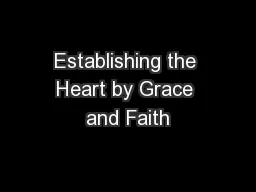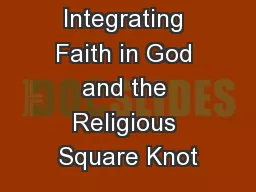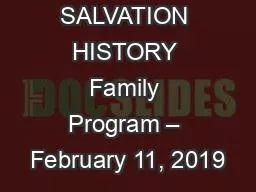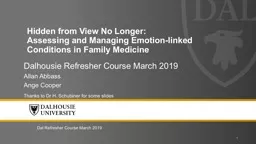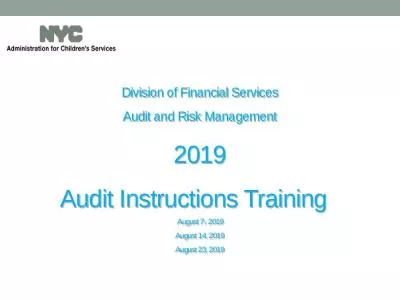PPT-The “Language” of our Faith Family Group March 18, 2019
Author : lindy-dunigan | Published Date : 2019-11-05
The Language of our Faith Family Group March 18 2019 Bienvenidos a nuestra sesión del Grupo de Padres esta noche Vamos a hablar sobre el lenguaje de la misa y sobre
Presentation Embed Code
Download Presentation
Download Presentation The PPT/PDF document "The “Language” of our Faith Family ..." is the property of its rightful owner. Permission is granted to download and print the materials on this website for personal, non-commercial use only, and to display it on your personal computer provided you do not modify the materials and that you retain all copyright notices contained in the materials. By downloading content from our website, you accept the terms of this agreement.
The “Language” of our Faith Family Group March 18, 2019: Transcript
Download Rules Of Document
"The “Language” of our Faith Family Group March 18, 2019"The content belongs to its owner. You may download and print it for personal use, without modification, and keep all copyright notices. By downloading, you agree to these terms.
Related Documents




